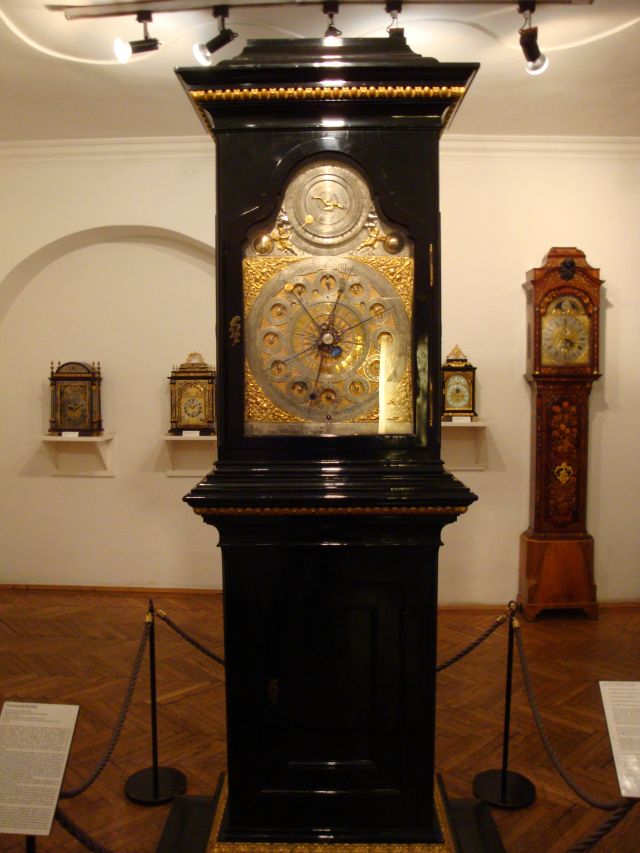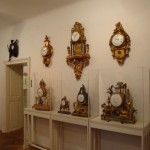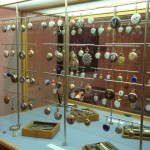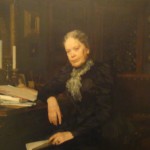The Clock Museum

A stone’s throw from Judenplatz, like a little jewelry case, is the Clock Museum.
The collection
The collection presents clocks from the fifteenth century to the present. The majority of the exhibits essentially consists of two collections. The first one is from the original director of the museum, Rudolf Kaftan, while the second is from the private collection of Austrian writer Marie von Ebner-Eschenbach.
director of the museum, Rudolf Kaftan, while the second is from the private collection of Austrian writer Marie von Ebner-Eschenbach.
Exhibits & impressions
 The exhibition space stretches over three of the building’s floors and attests to the builders’ mastery of their craft
The exhibition space stretches over three of the building’s floors and attests to the builders’ mastery of their craft
When these artworks are observed for a longer period, one is seduced into revelry. You see palaces arising, in which the clocks must have been assigned a central place, or bourgeois parlors in which handcraft has been granted an important place.
Time throughout the ages
The whole museum appears a bit reminiscent of the enthusiasm with which the human mind tapped into and conquered technology. You clearly recognize the playfulness and the investment of time that went into production—until industrialization, which entailed mass production, and series manufacturing prevailed over unique specimens. “Tempora mutantur…” (Times change…)
What’s special about the Clock Museum is not only its especially impressive unique specimens, but also the fact that most of the clocks still work, and you can hear the most beautiful chimes every quarter hour or on the hour. Should you take the time to devote yourself fully to clocks throughout the ages, you can find all relevant information here.
beautiful chimes every quarter hour or on the hour. Should you take the time to devote yourself fully to clocks throughout the ages, you can find all relevant information here.
All photos are the copyright of the author.










